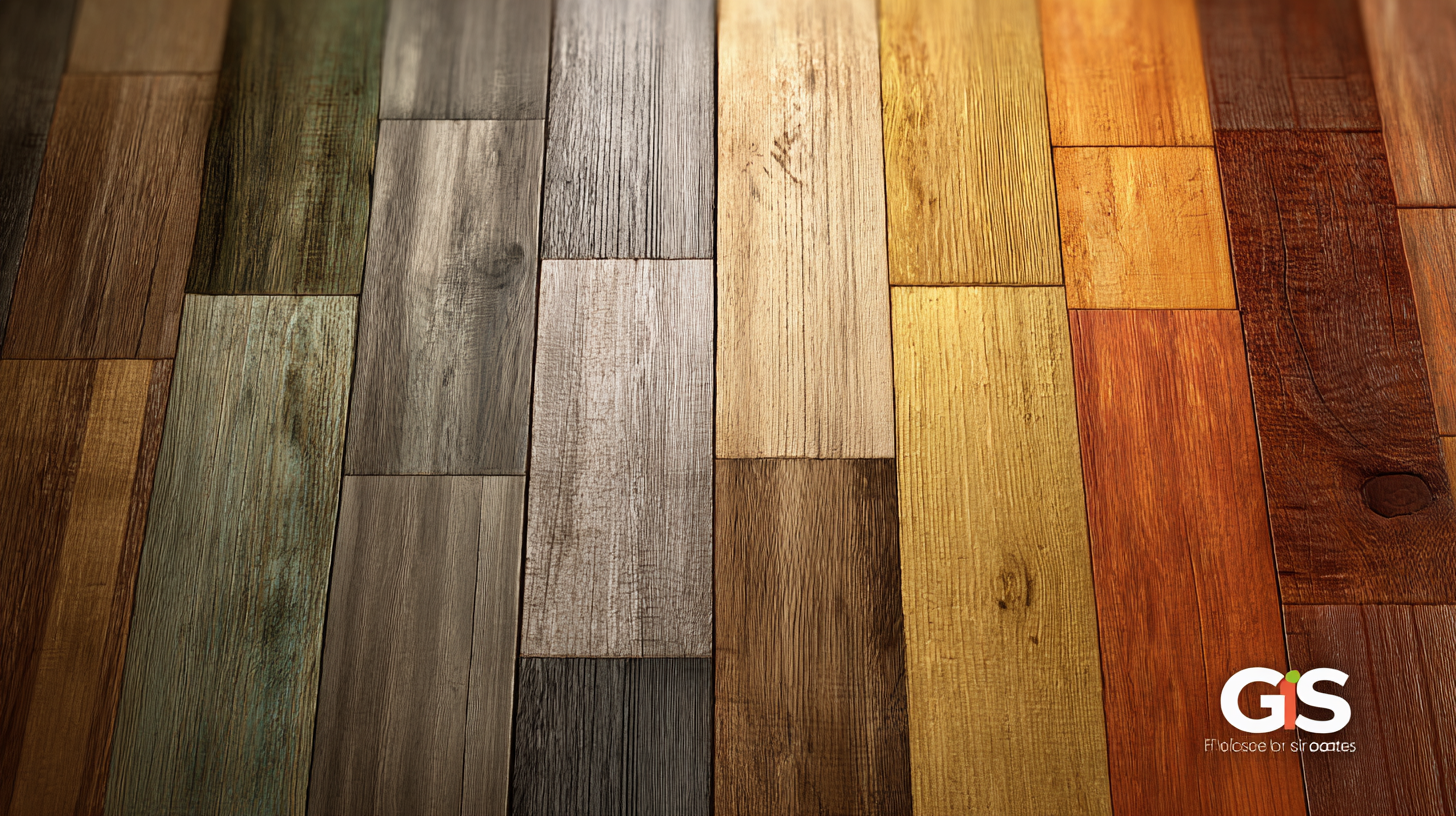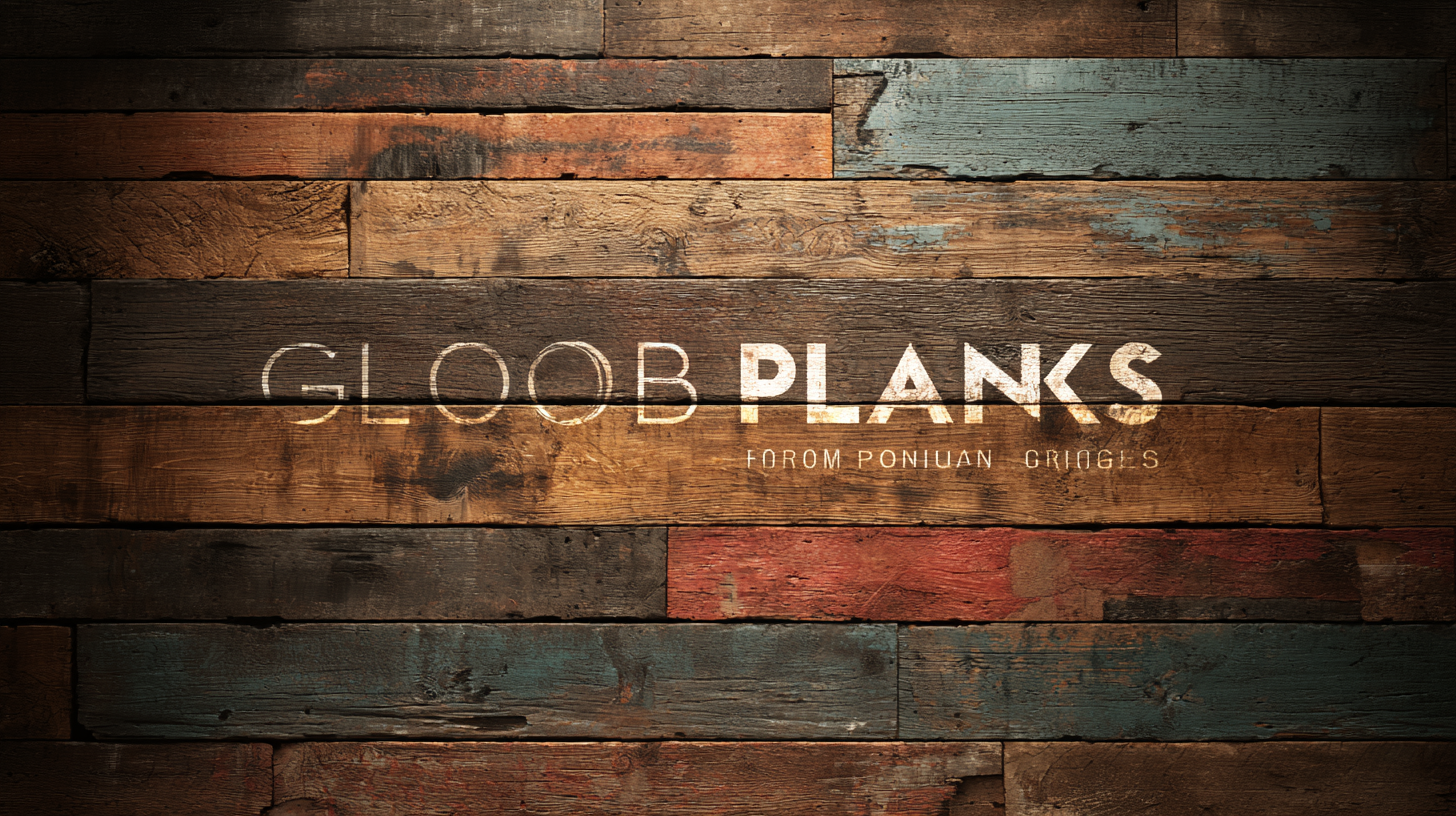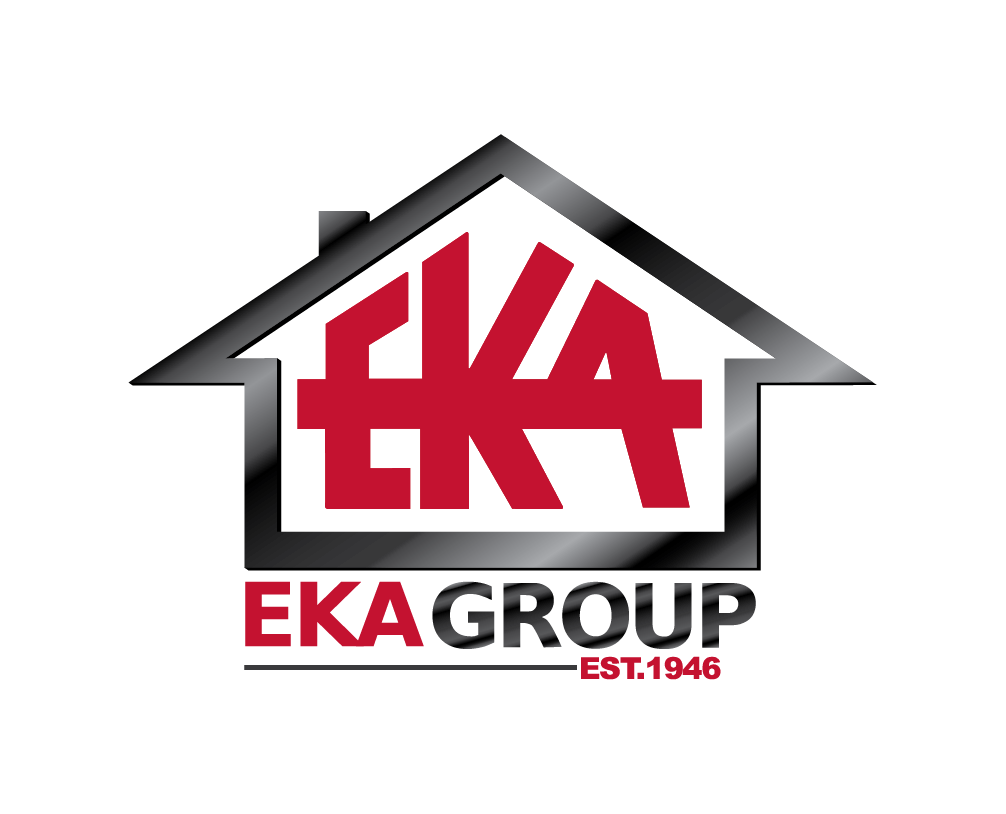
How to Choose the Best Floor Planks for Your Global Sourcing Needs
In today's global marketplace, selecting the right materials for flooring projects can be a daunting task, especially when it comes to floor planks. With a myriad of options available, from various types of wood to innovative synthetic materials, it's crucial to understand how these choices align with your sourcing needs. China, known for its manufacturing excellence, offers a wealth of high-quality floor planks that cater to diverse design preferences and functional requirements. This blog will guide you through the key factors to consider when choosing floor planks, ensuring that your sourcing not only meets aesthetic demands but also maintains production efficiency and cost-effectiveness. Whether you're a contractor, designer, or a homeowner embarking on a renovation, making an informed decision on floor planks can set the groundwork for lasting beauty and durability in your spaces.

Understanding Your Sourcing Requirements for Floor Planks
When considering global sourcing for floor planks, it's essential to first clarify your sourcing requirements. Understanding the specifications of your project, including materials, dimensions, and design preferences, will streamline the selection process and ensure you make informed decisions. If your project requires eco-friendly materials, prioritize suppliers who are certified and adhere to sustainable practices.
Tips: Create a detailed list of your needs—this will help you stay focused. Additionally, consider local regulations and standards that might affect your choice; compliance is critical for long-term satisfaction with your flooring.
Next, evaluate your budget and the quality you expect from the materials. Different sources can offer varying prices based on quality, country of origin, and shipping costs. It's crucial not to compromise on quality for a lower price, as this may lead to higher costs in the long run due to repairs and replacements.
Tips: Always request samples before making a large order. This enables you to assess the texture, color, and durability of the floor planks firsthand, ensuring they meet your project’s standards before committing financially.
Evaluating Material Options: Wood, Vinyl, and Laminate
When evaluating material options for flooring planks, three popular choices stand out: wood, vinyl, and laminate. Each material offers unique benefits, making them suitable for different global sourcing needs.
 Wood flooring is lauded for its natural beauty and durability. It can add warmth and elegance to any space, making it a preferred option for high-end residential projects and commercial spaces alike. However, sourcing quality wood can be challenging due to varying sustainability practices across regions. It’s essential to ensure that the wood is sourced from responsible suppliers to meet both aesthetic and ethical standards.
Wood flooring is lauded for its natural beauty and durability. It can add warmth and elegance to any space, making it a preferred option for high-end residential projects and commercial spaces alike. However, sourcing quality wood can be challenging due to varying sustainability practices across regions. It’s essential to ensure that the wood is sourced from responsible suppliers to meet both aesthetic and ethical standards.
On the other hand, vinyl flooring has gained traction due to its versatility and affordability. Available in an array of colors and patterns, vinyl can mimic the appearance of wood or tile while offering superior water resistance, making it ideal for areas prone to moisture.
Laminate flooring, while not as water-resistant as vinyl, provides a durable and budget-friendly alternative to traditional wood flooring. It’s scratch-resistant and easy to install, making it a popular choice for both residential and commercial projects. When considering global sourcing, these material characteristics should guide decision-making to meet specific functional and aesthetic requirements.
Assessing Quality and Durability Standards in Global Sourcing
When sourcing floor planks globally, assessing quality and durability standards is crucial to ensure long-term performance and satisfaction. Different regions have varying manufacturing practices, materials, and regulations that affect the quality of the products. It's essential to investigate certifications such as ISO or national standards that confirm the planks meet specific durability criteria. Understanding the lifecycle of the material, including resistance to moisture, scratching, and fading, will help in making a well-informed decision.
Tip: Always request samples before finalizing your order. This allows you to physically assess the look and feel of the planks and verify their resilience. Additionally, pay attention to customer reviews and warranty offerings from suppliers; these can serve as indicators of the product's reliability over time.
Another important factor in global sourcing is the manufacturing process used by suppliers. Different techniques, such as engineered versus solid wood, yield varying levels of strength and durability. It's pivotal to communicate with suppliers about their production methods and the quality control measures they employ.
Tip: Develop strong relationships with suppliers to gain insights into their quality assurance processes. Engaging in open discussions can uncover valuable information that aids in assessing the overall reliability of the planks you choose.

Navigating Supply Chain Challenges in Floor Plank Procurement
When navigating supply chain challenges in floor plank procurement, it’s essential to consider the impact of
current economic conditions and industry trends. The
flooring industry faces hurdles such as
tariffs and raw lumber competition, which have intensified in recent years. According to
industry reports, over 60% of hardwood suppliers reported increased difficulty
sourcing materials due to these competitive pressures. This situation can lead to price
volatility, making it crucial for procurement professionals to establish
strong relationships with reliable suppliers who can offer quality products at competitive prices.
Moreover, adopting advanced supply chain management systems can significantly
enhance procurement operations. Research highlights that effective electronic supply chain management systems can reduce
procurement costs by up to 20% while also decreasing time-to-market for new products. With the growing
emphasis on agility in supply chains, particularly in sectors like fashion and flooring, companies that invest in
streamlined processes and technology will have a
competitive edge. As the flooring market continues to evolve,
staying informed about market trends and leveraging technology will be key to
successful sourcing strategies.
Cost Considerations: Balancing Budget with Quality in Sourcing
When it comes to sourcing floor planks, balancing cost and quality is crucial for achieving the best value. Companies must first assess their budget constraints while keeping in mind that cheaper options may not always be the most cost-effective in the long run. Investing in higher-quality materials can lead to reduced maintenance costs and a longer lifespan for the flooring, ultimately saving money over time.
Tip: When exploring options, consider well-established suppliers that offer a range of products. Request samples to evaluate the quality firsthand, ensuring that you’re not sacrificing durability for a lower price. This approach enables informed decision-making and minimizes the risk of future expenses related to replacements or repairs.
Another important aspect of cost consideration is the total cost of ownership, which includes installation and maintenance expenses. Even if the initial purchase price of floor planks is low, high installation costs can negate the savings. Additionally, some materials may require more frequent upkeep.
Tip: Always calculate the long-term costs before finalizing your choice. Consider engaging professionals to provide estimates on installation and potential maintenance, allowing you to make a comprehensive budget plan. This way, you ensure that your sourcing decisions align with both your financial objectives and quality standards.

